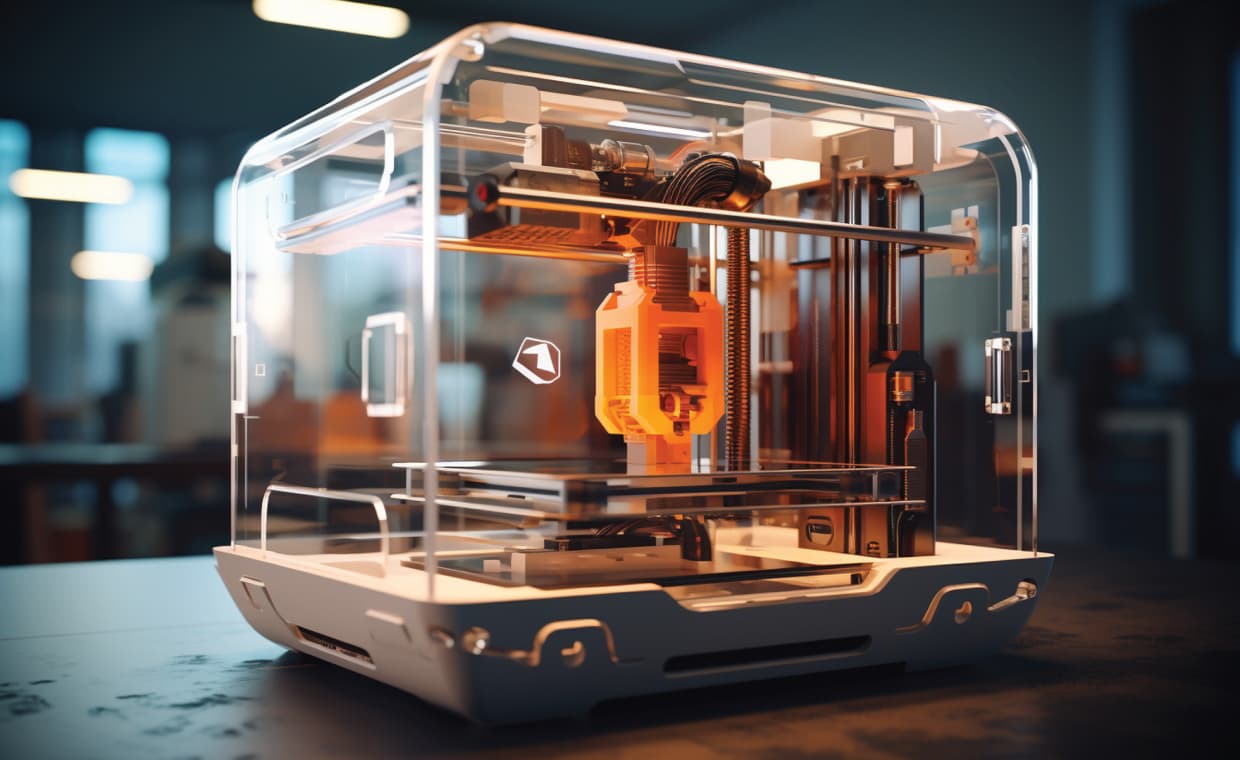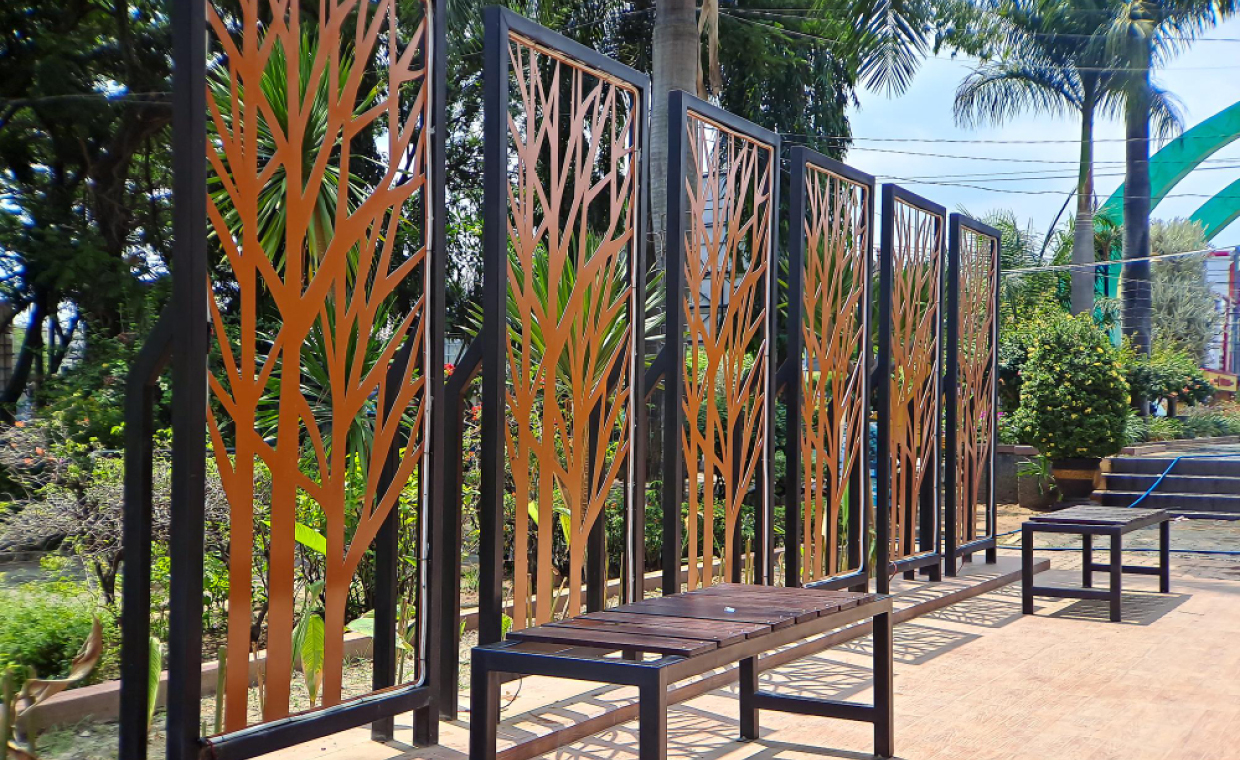
Rapid prototyping is a transformative technology in the manufacturing and design industries, enabling the creation of physical models directly from digital designs. This technology has revolutionized the product development process by allowing for quicker iterations, improved design accuracy, and more effective communication of ideas. The applications of rapid prototyping service are vast, touching upon various stages of product development, from initial concept designs to final market testing.
In this article, we will explore the key applications of rapid prototyping services, focusing on design evaluation, testing the functionality of parts, engineering validation, and market testing and feedback. These stages are critical in ensuring that a product is not only feasible but also optimized for market success.
01. Design Evaluation

One of the most significant applications of rapid prototyping is in the evaluation of designs. When designers and engineers create a new product, it often starts as a digital model. While these digital models are incredibly detailed and versatile, they cannot fully replicate the experience of interacting with a physical object.
By producing a tangible model of the design, RP allows teams to evaluate the product from multiple perspectives. For instance, they can assess the ergonomics, aesthetics, and overall form factor in a way that is not possible with on-screen models. A physical prototype can reveal issues that might not be apparent in a digital environment, such as how the product feels in the hand, how easily it can be manipulated, or whether the design’s proportions are pleasing to the eye.
Moreover, a physical model enables a detailed analysis of manufacturing considerations. Teams can evaluate the complexity of the design, estimate production costs, and identify any potential challenges in the manufacturing process. If a design is found to be too costly or difficult to produce, rapid prototyping allows for quick iterations and adjustments, helping to refine the design before committing to mass production.
Another advantage of using Rapid prototyping for design evaluation is the ability to create sectional views of a product. Instead of producing a whole prototype and then cutting it open to examine its internal structure, RP can generate sectional models directly. This capability is particularly useful in industries such as automotive or aerospace, where internal component arrangements are critical.
02. Test the Functionality of Parts

Testing the functionality of individual parts or assemblies is another crucial application of rapid prototyping. When developing a new product, it’s not enough to know that the design looks good; it must also function as intended. Rapid prototyping enables the creation of precise models that can be used to test various aspects of a design’s functionality.
For example, if a product consists of multiple moving parts, RP can be used to produce each component, allowing engineers to assemble and test the parts together. This process helps identify any issues related to fit, alignment, or movement before moving to full-scale production. In complex assemblies, such as those found in machinery or electronics, this capability is invaluable for ensuring that all components work together seamlessly.
Additionally, rapid prototyping allows for the testing of mechanical properties. Engineers can subject prototypes to stress tests, fatigue tests, and other mechanical evaluations to ensure the design can withstand real-world conditions. By comparing the physical test results with simulations run in computer-aided engineering (CAE) software, teams can validate their designs more thoroughly. This step is essential in industries like automotive, aerospace, and consumer electronics, where the reliability of parts is paramount.
Rapid prototyping also facilitates the testing of dynamic systems, such as fluid or aerodynamic components. For instance, wind tunnel tests can be conducted on RP models to evaluate the aerodynamic performance of vehicles or aircraft components. Similarly, hydraulic systems can be tested for leaks or pressure performance using RP models, providing critical insights before production.
03. Engineering Validation

Engineering validation is a key stage in product development, where the design is scrutinized to ensure it meets all technical and regulatory requirements. Rapid prototyping plays a crucial role in this process by providing engineers with the tools they need to validate complex designs.
One of the primary benefits of RP in engineering validation is the ability to produce accurate and functional prototypes quickly. These prototypes can be used to validate the design’s compliance with industry standards, such as dimensional tolerances, material properties, and safety regulations. For example, in the medical device industry, prototypes created through RP can be tested to ensure they meet stringent regulatory requirements before moving to clinical trials or mass production.
Furthermore, rapid prototyping supports iterative testing, allowing engineers to refine designs based on test results. If a prototype fails to meet certain criteria, modifications can be made to the digital model, and a new prototype can be produced in a matter of hours or days. This iterative approach accelerates the validation process, reducing the time and cost associated with traditional testing methods.
Engineering validation also benefits from the ability to create multiple variations of a design quickly. This capability allows engineers to compare different design options side by side, evaluating their performance under identical conditions. By doing so, they can identify the most effective solution and move forward with confidence.
In industries where precision and reliability are critical, such as aerospace, automotive, and medical devices, engineering validation through rapid prototyping is indispensable. It ensures that products not only meet design specifications but also perform reliably in real-world applications.
04. Market Testing and Feedback

In addition to its technical applications, rapid prototyping is a powerful tool for market testing and gathering customer feedback. Before committing to full-scale production, companies can use prototypes to gauge market interest and refine their products based on consumer input.
For example, a company developing a new consumer electronics device might produce a small batch of prototypes to distribute to potential customers or focus groups. These prototypes allow consumers to interact with the product, providing feedback on aspects such as usability, design, and features. This feedback can be invaluable in refining the product to better meet market demands.
Prototypes can be used in marketing campaigns to generate buzz and excitement before the official product launch. By showcasing a physical model, companies can give potential customers a tangible sense of what the final product will be like helping to build anticipation and drive pre-sales.
Rapid prototyping also supports the development of promotional materials. High-quality prototypes can be used in product photography, videos, and demonstrations, providing marketing teams with the assets they need to create compelling campaigns. By having a physical model to work with, marketers can craft more realistic and engaging content that resonates with the target audience.
Finally, rapid prototyping allows companies to respond quickly to market feedback. If customers express a desire for certain features or modifications, these changes can be incorporated into the design, and new prototypes can be produced rapidly. This agility enables companies to stay competitive and meet evolving customer needs in real time.
Conclusion
The applications of rapid prototyping services are vast and varied, offering significant advantages in design evaluation, functionality testing, engineering validation, and market testing. By enabling the quick and cost-effective production of physical models, these services allow teams to iterate on designs, validate their functionality, and gather critical feedback before committing to full-scale production. As industries continue to evolve and the demand for faster, more efficient product development grows, the role of rapid prototyping services will only become more essential.
And before you go, check out the following blog also:






























